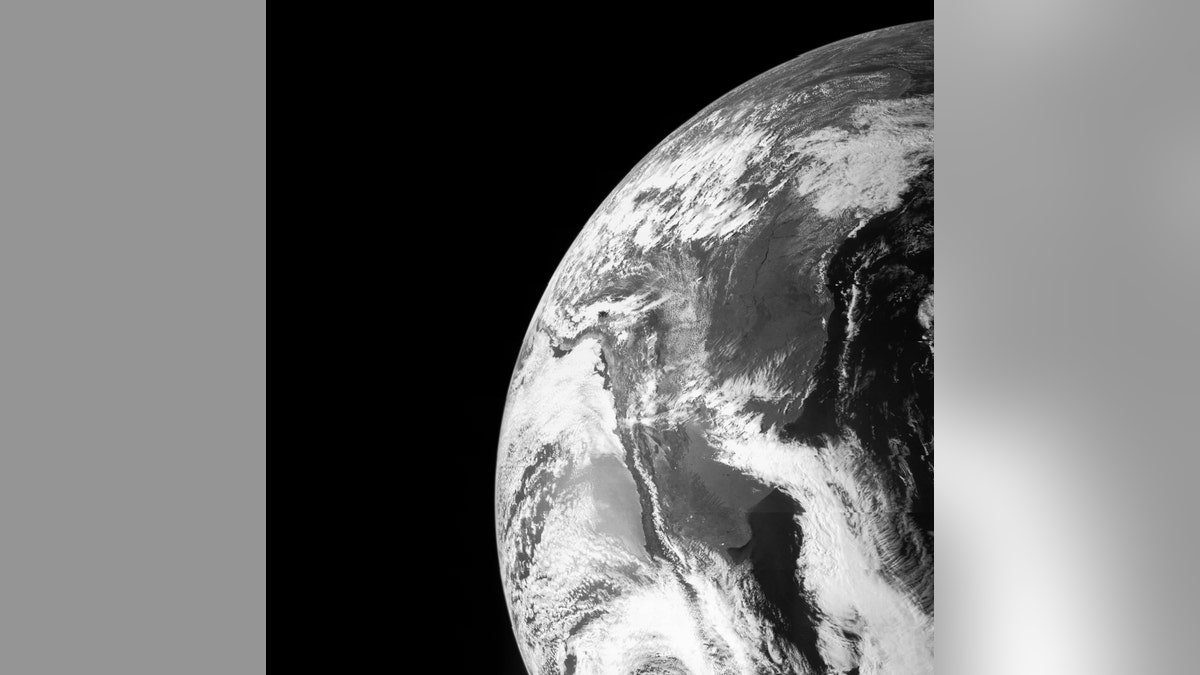
Earth is seen in this image taken by NASA's JunoCam as it flew by Earth, using its gravity to get a boost needed to reach Jupiter on October 9, 2013, in this NASA handout image released to Reuters on October 21, 2013. (REUTERS/NASA/JPL-Caltech/Malin Space Science Systems/Handout)
CAPE CANAVERAL, Fla. – An asteroid up to 1,800 feet across is headed Earth's way. But don't worry: It will miss us by 745,000 miles, about three times the distance between Earth and the moon.
Still, that's close for such a large rock.
NASA scientists say asteroid 2004 BL86 will come closest Monday. That will be the nearest the asteroid gets for another 200 years. And it will be the closest known encounter by such a giant space rock until another mega-asteroid flies by in 2027.
It was discovered in 2004 and is estimated to be about one-third of a mile in size, or between 1,600 and 1,800 feet.
Amateur astronomers across North America should be able to see it with telescopes and binoculars.




















